Novel Lightweight Shelter Provides Explosion-Proof Protection On Mobile Fertilizer Plant Reclaimer
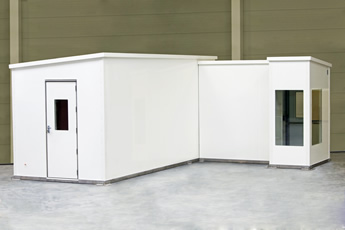
A unique lightweight explosion-proof shelter for a portal-style scraper reclaimer is being built by outdoor enclosure specialist Intertec for a new fertilizer plant in Africa.
The fertilizer plant is being constructed in Port Harcourt, Nigeria. Due to be completed at the end of 2015, it will be the world’s largest single-stream gas-to-urea plant – with an output of 4000 tonnes per day of granulated urea – and is set to transform Nigeria from a major importer to a key exporter of fertilizer.
The project calls for a large bulk buffer store of granulated urea to be held in a new warehouse downstream of the production plant, in readiness for overseas shipment and distribution to the domestic market. Over 300 metres long, the warehouse will be equipped with a large portal scraper reclaimer supplied by the Indian subsidiary of Tenova TAKRAF, the leading German manufacturer of specialist surface mining and bulk materials handling equipment.
The portal scraper reclaimer is a completely self-contained mobile bulk materials handling system that can move along the entire length of the product storage area, transferring the granulated urea onto an outgoing conveyor belt that also runs the length of the warehouse. The dust that is created by moving the urea during routine storage and reclamation is combustible and can form an explosive mix with air, which means that all electrical equipment in the warehouse must either be explosion proof in its own right, or contained within an explosion proof environment. For the portal reclaimer, Tenova sought a solution that would protect the machine’s operator and all its electrical control equipment by creating a tightly sealed environment that is maintained slightly above atmospheric pressure to prevent the ingress of dust.
Tenova approached Intertec because its Indian subsidiary was experiencing difficulty sourcing an air-tight shelter that met the necessary safety and performance standards. Clean, dust-free air for the shelter is supplied by a compressor and filter unit located outside the warehouse, which is fed to a point midway along the portal reclaimer’s path of travel and then via a 150 metre long flexible hose to the shelter’s air inlet port. Tenova’s initial design calculations indicated that to overcome leakage from the shelter and pressure loss in the hose, a conventional structure would require an air supply pressure of 8 bar with a flow rate of 845 Nm3/h (normal cubic metres per hour), necessitating use of a large compressor that would incur high operating costs.
According to Rohit Nath, Manager of Intertec’s Indian facility, “By using high performance materials and a novel air saving design, we have created an explosion proof shelter that provides a safe and healthy working environment, without requiring high volumes of compressed air.” Intertec’s shelter design essentially comprises three physically separate but conjoined areas; a large 6.5 x 2.6 metre room containing all the electrical switchgear and control electronics for the portal reclaimer, an operator control cabin with high visibility windows, and an inter-joining section that acts as an airlock chamber. Both the control cabin and the equipment room are also equipped with large outward-opening emergency exit doors. In normal use, personnel enter and exit the control cabin and the main equipment room via the airlock area; interlocks allow only one airlock door to be opened at a time, to minimise air loss and help maintain pressurisation.
Pressure sensors inside the shelter continuously monitor its air pressure to ensure that it is maintained at 15 Pa above atmospheric. The sensors provide the input to a failsafe emergency shutdown system. In the event of pressure loss, which could compromise the shelter’s safety integrity by allowing the ingress of dust, the system immediately removes power from all electrical equipment.
The walls, ceilings and floors of the shelter’s three areas are constructed from single-piece panels of Intertec’s proprietary high performance GRP (glass reinforced polyester) triple-layer composite material. In this case, the composite material has 4 mm thick inner and outer walls of GRP, enclosing an insulating 77 mm thick polyurethane foam core. GRP has a similar strength to stainless steel but is about 75 percent lighter, which is a key attribute for this application where the machine’s bearing system supports the entire weight of the shelter as well the portal gantry itself. The overall weight of the shelter, including all its air conditioning systems, is approximately 4,900 kg.
All mating panel edges use chemically bonded half-lap joints that provide excellent mechanical strength without the need for any penetrative fittings. The bonding process creates a closed cell foam that expands as it sets to form an impermeable, gas-tight seal. This factor, combined with the air-saving single airlock design, has enabled Tenova to reduce the air supply requirements by more than 75 percent compared with its initial design calculations, and use a much smaller compressor. Intertec’s design of shelter only needs an airflow of 200 Nm3/h at a nominal pressure of 4 bar to maintain the positive overpressure necessary to ensure an explosion-proof operating environment.
Two large split air conditioning units on the end wall of the equipment room provide cooling for the portal reclaimer’s electronic and electrical control systems. The heat exchangers of these ductless units are physically separate and mounted either side of the shelter’s wall – the only through-wall connections are the refrigerant pipes, contained within airtight sealing glands. Two conventional ceiling mounted air conditioners in the equipment room further process the air before it is ducted to the control cabin. This two-stage approach is very efficient, allowing zoning of air temperature to suit operating personnel and equipment.
This is the largest pressurized shelter that Intertec has manufactured to date. As Intertec’s CEO, Martin Hess, explains, “There is a growing industry awareness that with the right materials, lightweight walk-in type fire resistant and explosion proof shelters are now a practical possibility. Our ability to produce GRP composite panels in single-pieces up to 12 metres long, allied with our expertise in all types of protective enclosure design, gives us a competitive edge in these emerging applications.” Many industrial processes involve potentially hazardous atmospheres where the mix of combustible gas or dust with air can present an explosion hazard. Aside from oil refineries, chemical and petrochemical plants, these include industries as diverse as food processing, bulk grain and flour storage, wood or plastics working, spray painting, mining and quarrying.
The technology that Intertec has developed for lightweight pressurised explosion proof (Ex p) enclosures is likely to be of particular interest to designers of ships, and oil and gas platforms. For marine and offshore applications, issues such as corrosion, condensation and high long term maintenance costs are causing a move away from conventional steel solutions, towards GRP enclosures. At the same time, the reduced weight of instrumentation and protective housings helps to reduce costs and simplify installation. Intertec’s GRP composites are lightweight, resistant to corrosive atmospheric pollutants such as sulphuric acid and salt, and virtually maintenance-free. The company’s ability to make almost any size of Ex p enclosure from this material introduces a new level of design freedom.
The portal reclaimer shelter is built in accordance with the international IEC 60079-13 standard for Ex p (explosion proof pressurised) rooms. In conjunction with electrical equipment that meets the necessary SIL (safety integrity level) standard, the same design concept could be used to create explosion proof shelters for Zone 21 or Zone 22 environments that fully comply with the safety legislation of many countries around the world.
Similar articles
More from Intertec Instrumentation Ltd
- Nanotechnology anti-static coating developed for hazardous enclosures 17th May 2017
- Shelters protect refinery process controllers 22nd November 2016
- Coolers designed to work with passive cooling systems 14th November 2016
- All-GRP enclosure is ideal for ultra-corrosive environments 28th April 2016

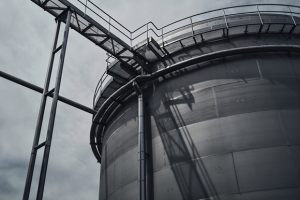
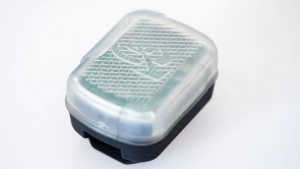
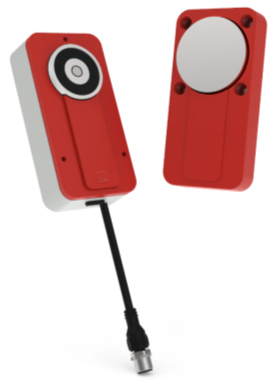
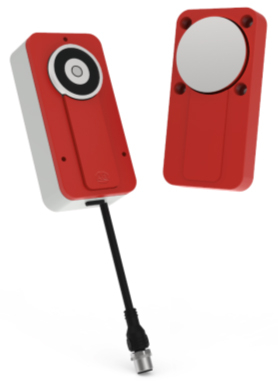







Write a comment
No comments